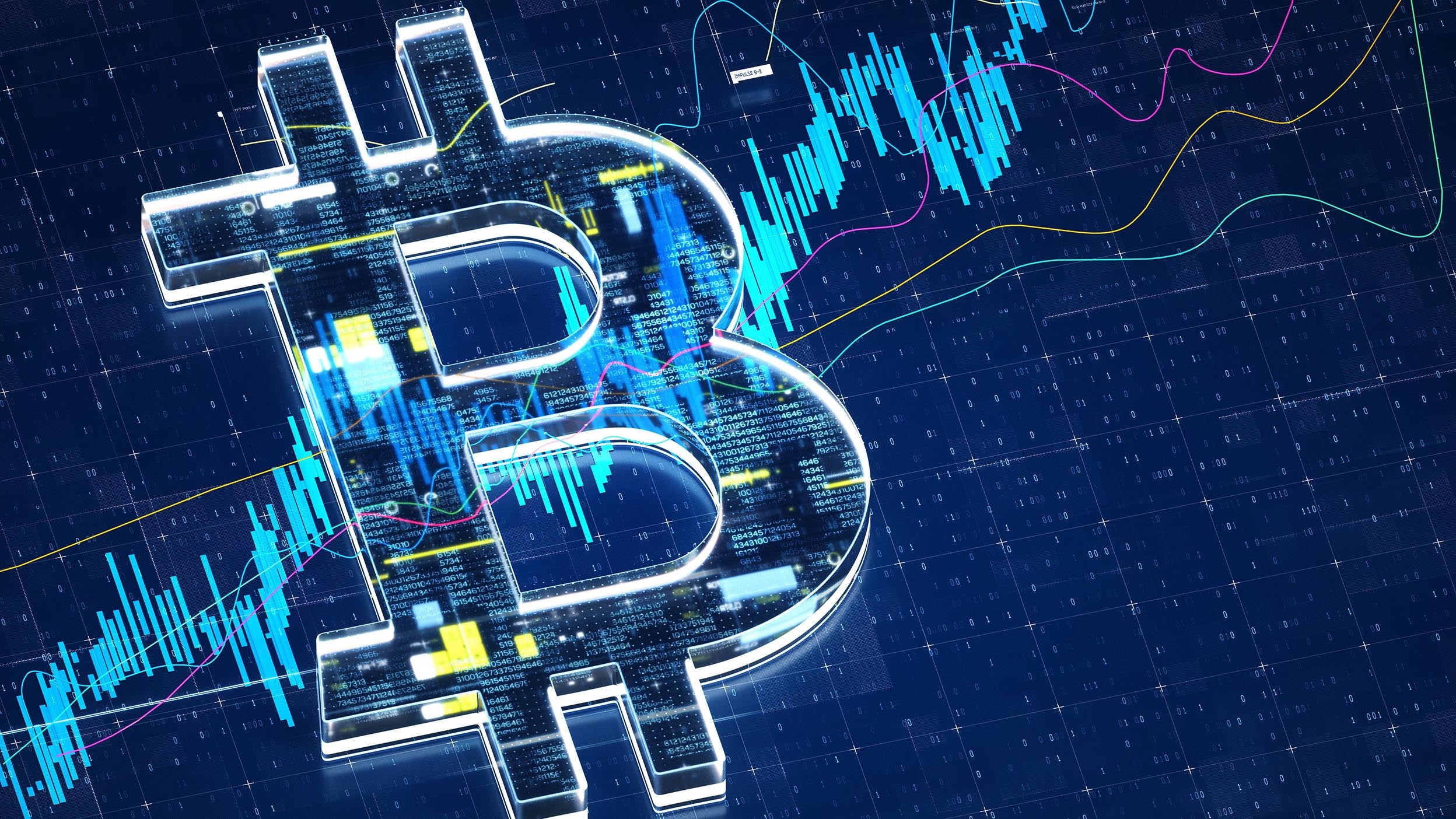
ETF Senior loans and CLOs: High income potential and low duration exposure
Invesco BKLN and ICLO ETFs can offer relatively high income and low duration with distinct senior loan and risk approaches. See which aligns with your strategy.
Explore our latest insights on investment opportunities and potential ways to use ETFs in a portfolio.

Invesco BKLN and ICLO ETFs can offer relatively high income and low duration with distinct senior loan and risk approaches. See which aligns with your strategy.

The Invesco NASDAQ 100 ETF’s (QQQM) exposure to innovative companies, attractive value, and tax efficiency may appeal to equity investors looking for long-term growth.

Cryptocurrencies are regularly in the news, but many investors don’t own them. Here are some things to keep in mind when considering an allocation.

Ethereum is a blockchain that acts like a global computer through which anyone can deploy or interact with software such as financial services and games.

Investing in tax-efficient ETFs can reduce capital gains taxes and help you keep more of what you earn.

No one wants an investment to lose money. When it happens, tax-loss harvesting can help lower your tax bill in three easy steps.

ETFs can be tax efficient because they rely on an in-kind creation and redemption process that helps limit capital gains distributions and investor taxes.

As blockchain, cryptocurrency, and other digital assets grow into a major industry, we examine this burgeoning asset class for investors.

As governments around the globe increase their defense spending, US defense contractors, which are major exporters, may benefit.
No matter what you are looking to achieve, our ETFs offer flexibility and precision to meet diverse investment goals.
Resources
ETFs for your goals ›
ETF Insights ›
View all ETFs ›
PDFs
Spreads and impact ›
Mastering Invesco ETFs ›
Options ›
Important information
NA4089678
There are risks involved with investing in ETFs, including possible loss of money. Index-based ETFs are not actively managed. Actively managed ETFs do not necessarily seek to replicate the performance of a specified index. Both index-based and actively managed ETFs are subject to risks similar to stocks, including those related to short selling and margin maintenance. Ordinary brokerage commissions apply. The Fund's return may not match the return of the Index. The Fund is subject to certain other risks. Please see the current prospectus for more information regarding the risk associated with an investment in the Fund.
This link takes you to a site not affiliated with Invesco. The site is for informational purposes only. Invesco does not guarantee nor take any responsibility for any of the content.